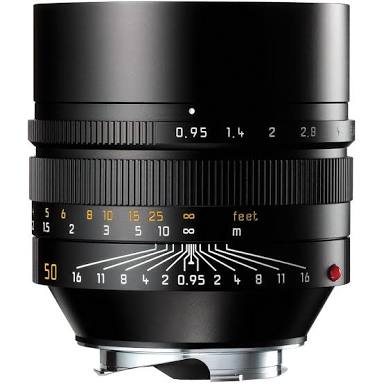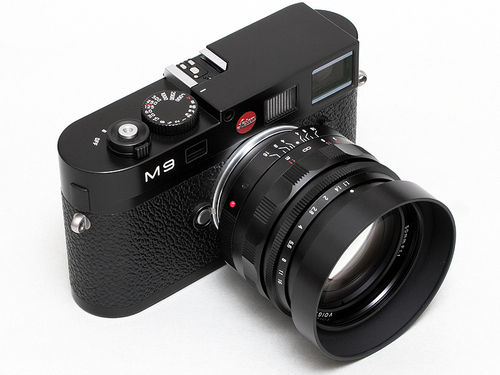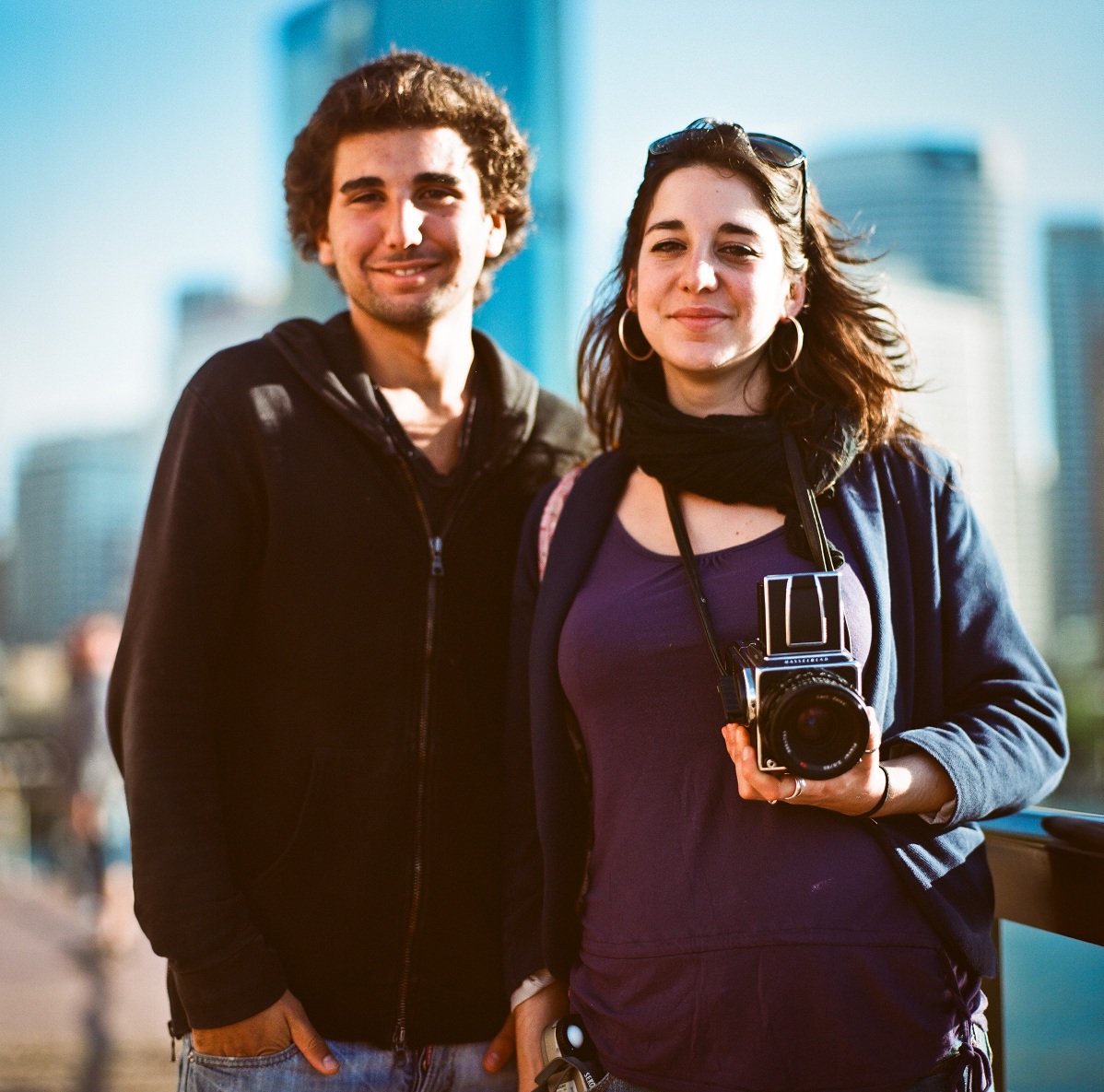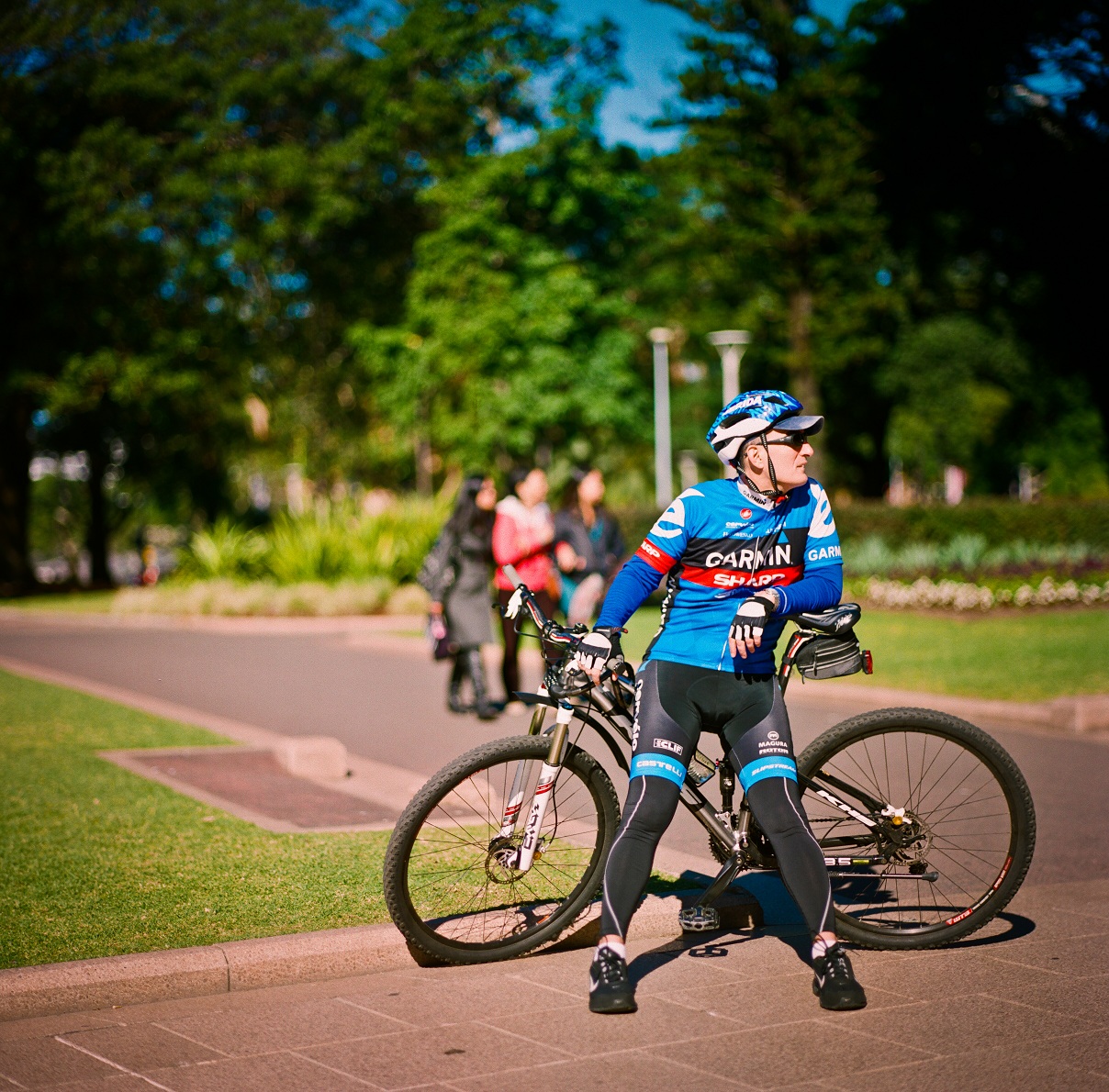Leica is known to make some of the best lenses in the world with Noctilux been their flagship lens. The Leica Noctilux-M 75 mm f/1.25 ASPH Lens is a significant milestone for Leica Camera AG, as it is Leica’s first attempt to produce the Noctilux for another focal length apart from the world renowned Leica 50mm F0.95 Noctilux ASPH Lens. The Noctilux has always been the King of all Leica lenses and it symbolises an object of desire that will remains a dream for most photographers.
First Impressions
The Leica Noctilux-M 75mm F1.25 ASPH Lens is the most expensive on-going production lens by Leica with a staggering price of $12,795. I am lucky to be the first customer delivered with this amazing lens in Australia.
The Leica Noctilux-M 75mm F1.25 ASPH Lens is not as large or heavy as I would expect. It shares the same lens design as the Leica 50mm F0.95 Noctilux ASPH M Lens, it is basically the taller and bigger version of the 50mm Noctilux.
The 75mm Noctilux has similar black anodised finish but is larger in diameter and longer in length in comparison. It is only when you put the lenses together side by side that you can see the size and weight differences. The build quality is impeccable just like the 50mm Noctilux, which represents one of the most well made lens by Leica. The built in hood design is different, it has the twisting hood on the 50mm Summicron APO rather than the sliding hood on the 50mm Noctilux, which allows it to lock in position better.
Lens Design
The Leica Noctilux-M 75 mm f/1.25 ASPH Lens incorporates the latest optical design elements to maximise image performance. The complicated optical composition involves two aspherical elements to ensure maximum sharpness and low dispersion. The use of low dispersion glass along with anomalous partial dispersion helps with the reduction of chromatic aberration (CA), which has been a common issue with the Leica 50mm F0.95 Noctilux Lens. The floating lens element system also assists with maintaining consistent high image quality throughout the entire focus range. Lastly, the optical design consists of 11 diaphragm blades allows smooth and pleasant bokeh to be produced.
Build Quality
The Leica Noctilux-M 75 mm f/1.25 ASPH Lens is an enlarged version of the Leica 50mm F0.95 Noctilux ASPH Lens with similar build quality. Both lenses are probably the best lenses ever made by Leica, with The 75mm Noctilux been the larger and heavier lens. The lens is longer in length and wider in diameter, which weights in at just over one kilogram that is exceptionally heavy for a rangefinder lens.
The Leica Noctilux-M 75 mm f/1.25 ASPH Lens is finished in black anodized with integrated hood that can be retracted or extended by twisting the hood. There is inner thread for a non rotating 67mm screw mount filter that can be applied.
Image Quality
The Leica 75mm F1.25 Noctilux-M ASPH Lens has Modern Rendering similar to the The Leica 50mm F0.95 Noctilux-M ASPH Lens but with slightly less Contrast and Colour Saturation. Both lenses are Clinical Sharp but the the Leica 75mm F1.25 Noctilux-M ASPH has the edge in Sharpness when shooting wide open. The Leica 75mm F1.25 Noctilux-M ASPH produces shallower depth of field with exceptionally smooth and creamy bokeh, resulting stunning performance for portraits.
There are less Optical issues with the Leica 75mm F1.25 Noctilux-M ASPH lens due to the Newer lens design. Chromatic aberration or Purple fringing is non existent and Vignetting is non visible when shot wide open, which is a significant optical improvement over the previous generations of Noctilux.
Rendering
After extensive use of this lens, it can be notice that the rendering is dependent on a combination of factors including the subject, the background and lighting conditions.
Dual Character: The Leica 75mm Noctilux can produce natural, smooth and pleasant renderings similar to fast 75mm lenses such as 75mm Summilux or 75mm Summicron APO. The lens can also produce three dimensional high contrast and colour saturated renderings similar to 50mm Noctilux ASPH or even 50mm Summicron APO. The only way to achieve the photographers “desired look” is by keep shooting under different variations or conditions whether it is for portraiture or street photography.
Practical Use
The Leica Noctilux-M 75 mm f/1.25 ASPH Lens is an ultra fast telephoto lens with ability to produce shallow depth of field and unique rendering to isolate the subject even in low light conditions. The short telephoto focal length is perfect for portraiture and allows to take street photography without disturbing the subject.
Focusing with this lens is relatively easy with modern camera technology aids such as live view with focus peaking and high resolution electronic viewfinder. Traditional method of focusing through the rangefinder is also precise with a highly calibrated lens copy. The focus ring is exceptionally smooth with short focus throw and the aperture ring clicks in place half or full stops.
The Leica Noctilux-M 75 mm f/1.25 ASPH Lens is too heavy to be handheld for prolonged use, as it is extremely front heavy when mounted on Leica M Rangefinders. For the first time, there is a tripod mount on the lens body and it comes with a tripod adapter for mounting the lens directly onto tripods for maximum stability.
Leica 75mm F1.25 Noctilux-M
VS
Leica 50mm F0.95 Noctilux-M
Physical
The physical differences is obvious with the Leica 75mm F1.25 Noctilux-M ASPH been the larger and heavier lens of the two. The Leica 75mm F1.25 Noctilux-M ASPH measured at H91mm x W74mm, which is taller and slightly wider than the Leica 50mm F0.95 Noctilux-M ASPH measured at H75mm x W73mm. The 75mm Noctilux is about 300 grams heavier at 1055g compared to 700g weight of the 50mm Noctilux. The build finish for both lenses is black anodized but the retractable hood design is different, as the 75mm Noctilux has twisting out hood compared to the 50mm Noctilux with sliding out hood design.
Imaging
The Leica 75mm F1.25 Noctilux-M ASPH has a maximum aperture of F1.25 whereas the Leica 50mm F0.95 Noctilux-M ASPH has a maximum aperture of F0.95. However, due to the longer focal length of the Leica 75mm F1.25 Noctilux-M ASPH and shorter minimum focusing distance at 0.85m resulting both lenses with similar shallow depth of field. Bokeh produced by both lenses are exceptionally smooth and pleasant with the 75mm Noctilux offers even smoother bokeh due to the design with 11 diaphragm blades, as the number of diaphragm blades is not specified for the 50mm Noctilux.
The Leica 75mm F1.25 Noctilux-M ASPH Lens released in 2018 has the benefit of the latest optical technology compared to the Leica 50mm F0.95 Noctilux-M ASPH designed almost a decade ago back in 2008. The Lens design is very similar for both Noctilux incorporating complicated optical composition with two aspherical elements to ensure maximum sharpness and optimal performance. As a result, the sharpness is equivalent but the chromatic aberration is significantly reduced on the 75mm Noctilux. Chromatic aberration or purple fringing was a common issue for the 50mm Noctilux and this has been solved with the newer lens design consisting of low dispersion glass and anomalous partial dispersion.
Justification
Since I have been a long time user of the Leica 50mm F1.4 Summilux ASPH Lens that shared many similarities with it’s bigger brother, the Leica 50mm F0.95 Noctilux ASPH Lens. Whereas the Leica 75mm F1.25 Noctilux ASPH Lens is an entirely different focal length with improved lens design.
During practical use, the Leica 50mm F0.95 Noctilux Lens provides marginal improvement in optical performance over the amazing Leica 50mm F1.4 Summilux Lens but at a significant increase in size and weight. In contrast, the Leica 75mm F1.25 Noctilux Lens not only provides a different focal length to the Leica 50mm F0.95 Noctilux Lens but with improved sharpness and bokeh quality especially when shooting wide open.
Sample Testing
(Bokeh vs Sharpness)
Summary
Extremely fast maximum aperture of F1.25 with incredible control over shallow depth of field and benefit using in extreme low light conditions.
The short telephoto focal length of 75mm is suitable for people images and portraiture with the manipulation of extreme depth of field when shooting wide open.
The lens design features allow extreme sharpness with minimum chromatic aberration or purple fringing. Rare design incorporating two large aspherical elements for improved sharpness and reduce distortion. The diaphragm with 11 blades allows smooth and pleasant bokeh to be produced.
Practical design with twisting extendable lens hood to reduce lens flares. A tripod mount is inclusive within the lens to compensate for the heavy weight and stability when shooting from a tripod.
Specifications
Lens Mount: Leica M
Production Year: 2018
Construction: 9 Elements / 6 Groups
Diaphragm: 11 Blades
Design Features:
- Two Aspherical Elements
- Anomalous Partial / Low Dispersion Glass
- Floating Elements System
Maximum / Minimum Aperture: F1.25 - F16
Closet Focusing Distance: 0.85m
Filter Size: 67mm
Dimensions (Length x Width):
91mm x 74mm
Weight: 1055g
Gallery
STREET PHOTOGRAPHY
B&W PHOTOGRAPHY
NATURE
PORTRAIT










































































































